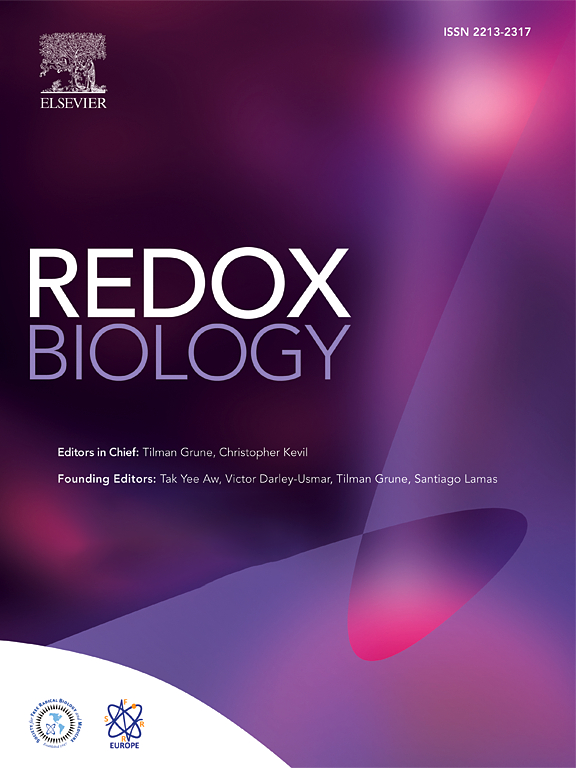Protein post-translational modification crotonylation of TXN and GLO1 in artery and vein grafts for coronary artery surgery
IF 10.7
1区 生物学
Q1 BIOCHEMISTRY & MOLECULAR BIOLOGY
引用次数: 0
Abstract
A key problem in coronary artery bypass grafting (CABG) is the lower long-term patency of the saphenous vein (SV) compared to internal thoracic artery (ITA). The potential strategies to improve the long-term patency of the vein graft include developing drugs to block unfavorable pathways in the vein and even to change the protein structure of the vein towards arterial structure. It is therefore important to understand the differences of the protein structure between arterial and venous grafts. Using post-translational modification (PTM) proteomics, we systematically investigated differences between ITA and SV with regard to a vascular stenosis-related PTM crotonylation.
Crotonylome and PTM crotonylation in paired ITA and SV segments (n = 150) from patients undergoing CABG surgery were performed by proteomics analysis with further validation. To elucidate the underlying mechanisms, we focused on three crotonylated enzymatic proteins with anti-oxidative effects-thioredoxin (TXN), glyoxalase 1 (GLO1), and glyceraldehyde-3-phosphate dehydrogenase (GAPDH) - whose crotonylation patterns were systematically investigated. The functional validation was performed using both site-mutation experiments in HEK293 cells and pharmacological inhibitors in ex vivo cultured ITA/SV tissue specimens.
Comprehensive crotonyl-proteomics demonstrated 3652 proteins are differentially-expressed and 411 proteins are differentially-crotonylated in ITA/SV segments. In the identified crotonylated proteins, SV demonstrated significantly higher levels compared to ITA. Notably, SV showed higher crotonylation levels on TXN-K3, GLO1-K157, and GAPDH-K61, which were associated with decreased enzymatic activity, elevated methylglyoxal (MGO) accumulation, and increased oxidative stress. Inhibition of CREB-binding protein (CBP) reversed oxidative stress in SV by suppressing crotonylation of the three enzymes. In Hek293 cells, both site-specific and comprehensive crotonylation decreased the activities of TXN/GLO1/GAPDH, which in turn triggered the accumulation of MGO. Overexpression of histone deacetylases HDAC1 and HDAC3 showed the opposite effect, restoring enzyme function.
This study is the first to reveal significant differences in PTM crotonylation between human ITA and SV, shedding light on the biological mechanisms underlying the functional disparities between these grafts. These differences impact the enzymatic activity of key proteins involved in oxidative stress, providing insights into the molecular basis of graft performance. Importantly, these findings form a scientific basis for developing specific methods including new anti-oxidative drugs and gene therapy to target on crotonylation in the vein graft in order to improve the long-term graft patency.

求助全文
约1分钟内获得全文
求助全文
来源期刊

Redox Biology
BIOCHEMISTRY & MOLECULAR BIOLOGY-
CiteScore
19.90
自引率
3.50%
发文量
318
审稿时长
25 days
期刊介绍:
Redox Biology is the official journal of the Society for Redox Biology and Medicine and the Society for Free Radical Research-Europe. It is also affiliated with the International Society for Free Radical Research (SFRRI). This journal serves as a platform for publishing pioneering research, innovative methods, and comprehensive review articles in the field of redox biology, encompassing both health and disease.
Redox Biology welcomes various forms of contributions, including research articles (short or full communications), methods, mini-reviews, and commentaries. Through its diverse range of published content, Redox Biology aims to foster advancements and insights in the understanding of redox biology and its implications.
 求助内容:
求助内容: 应助结果提醒方式:
应助结果提醒方式:


